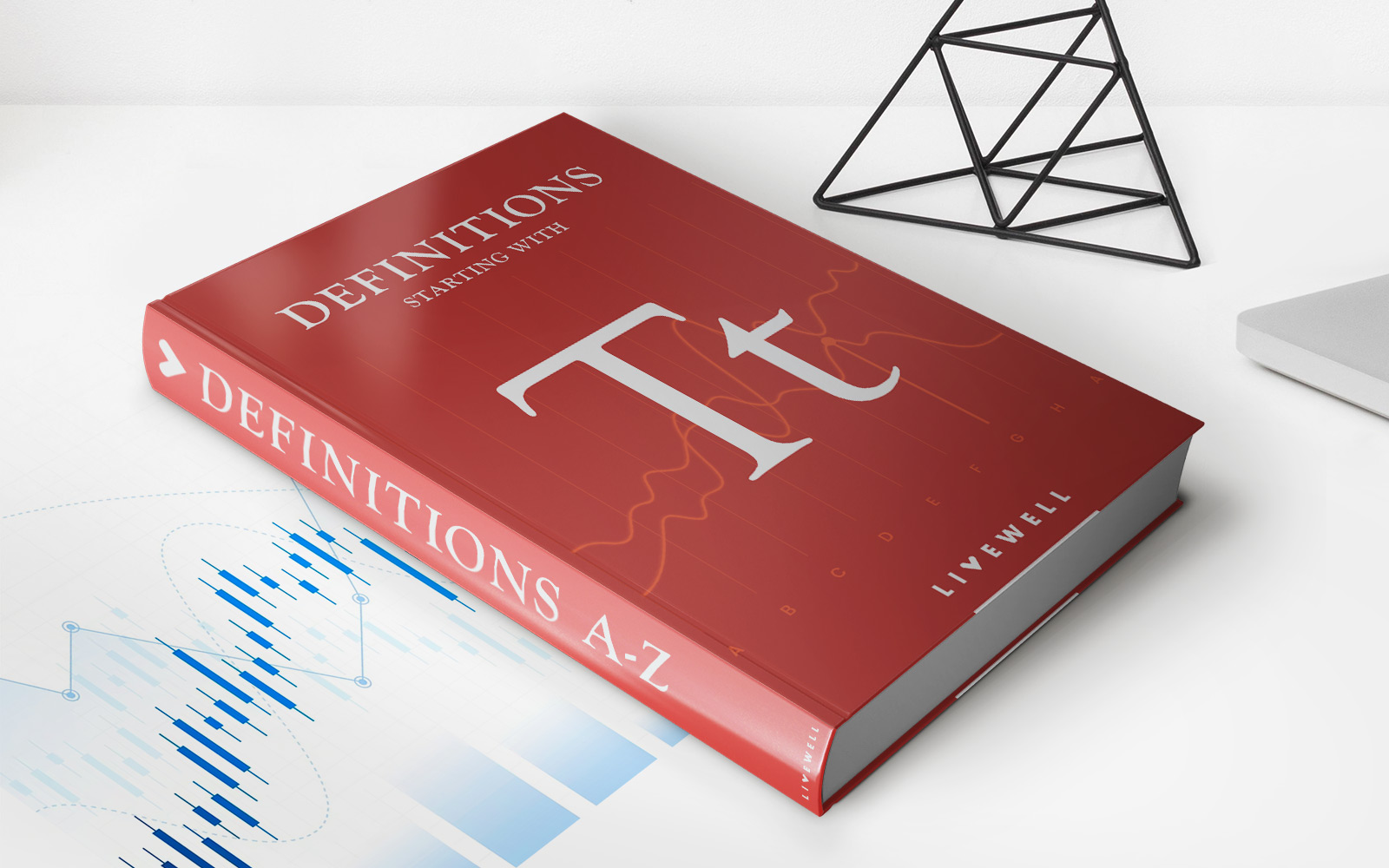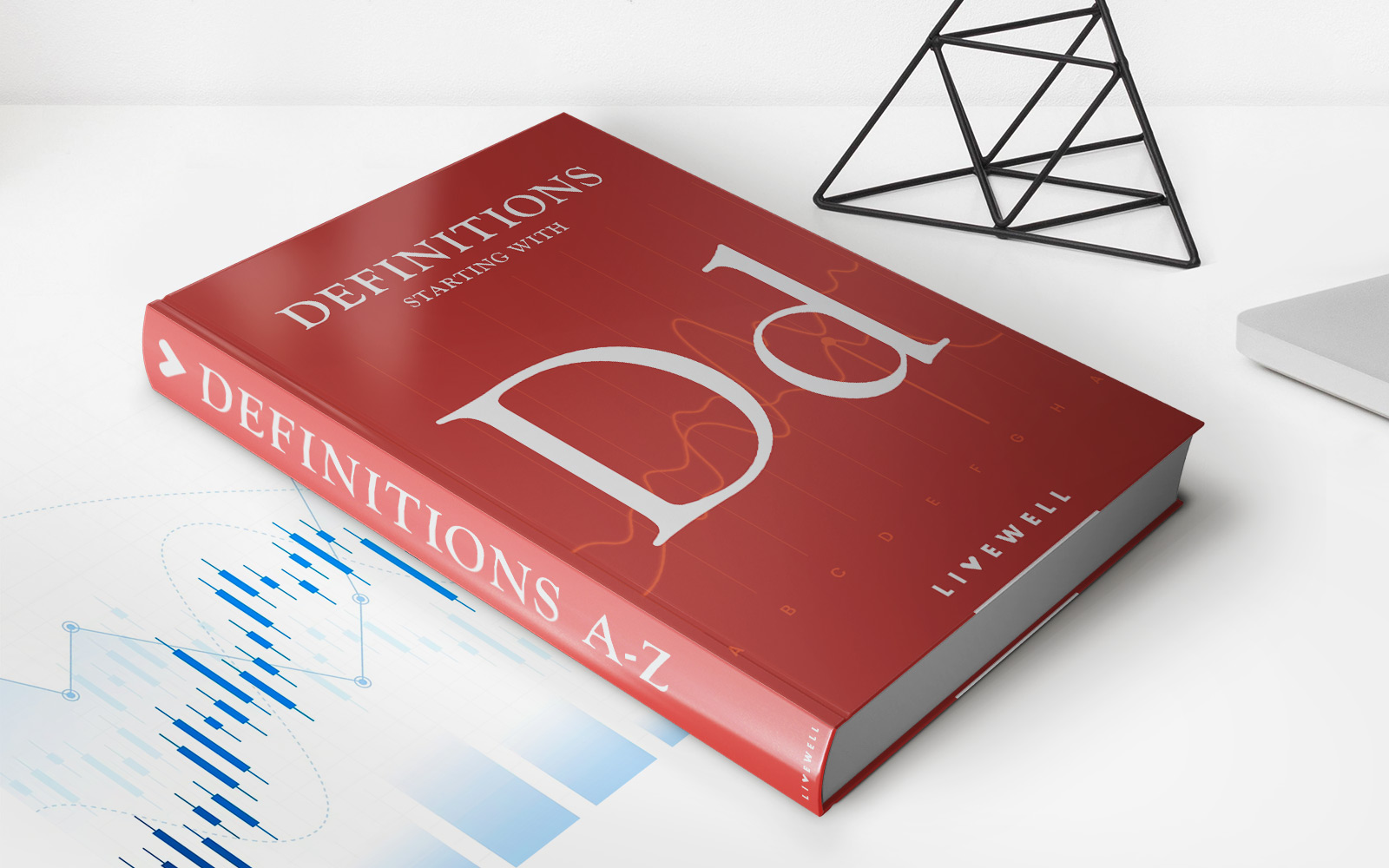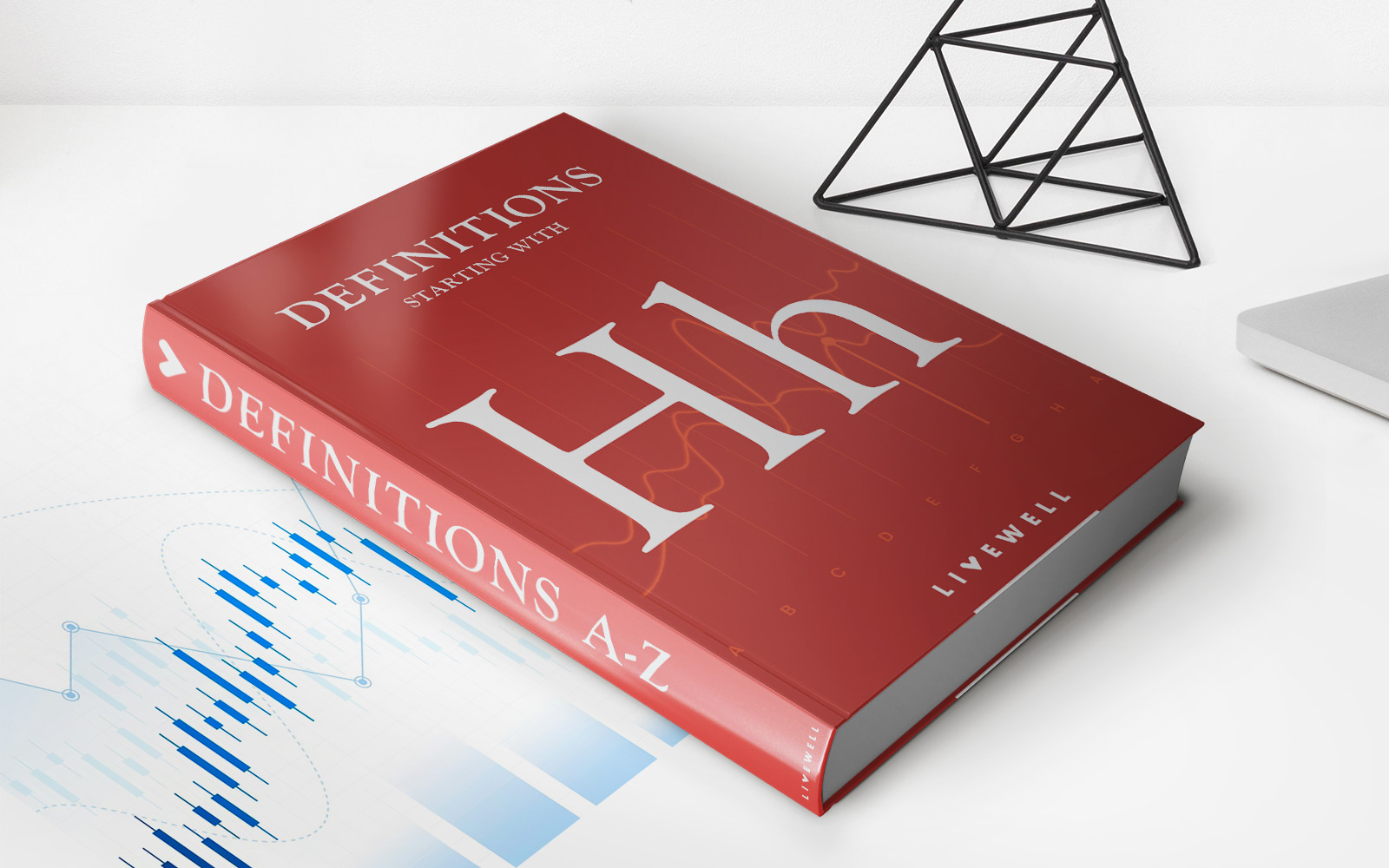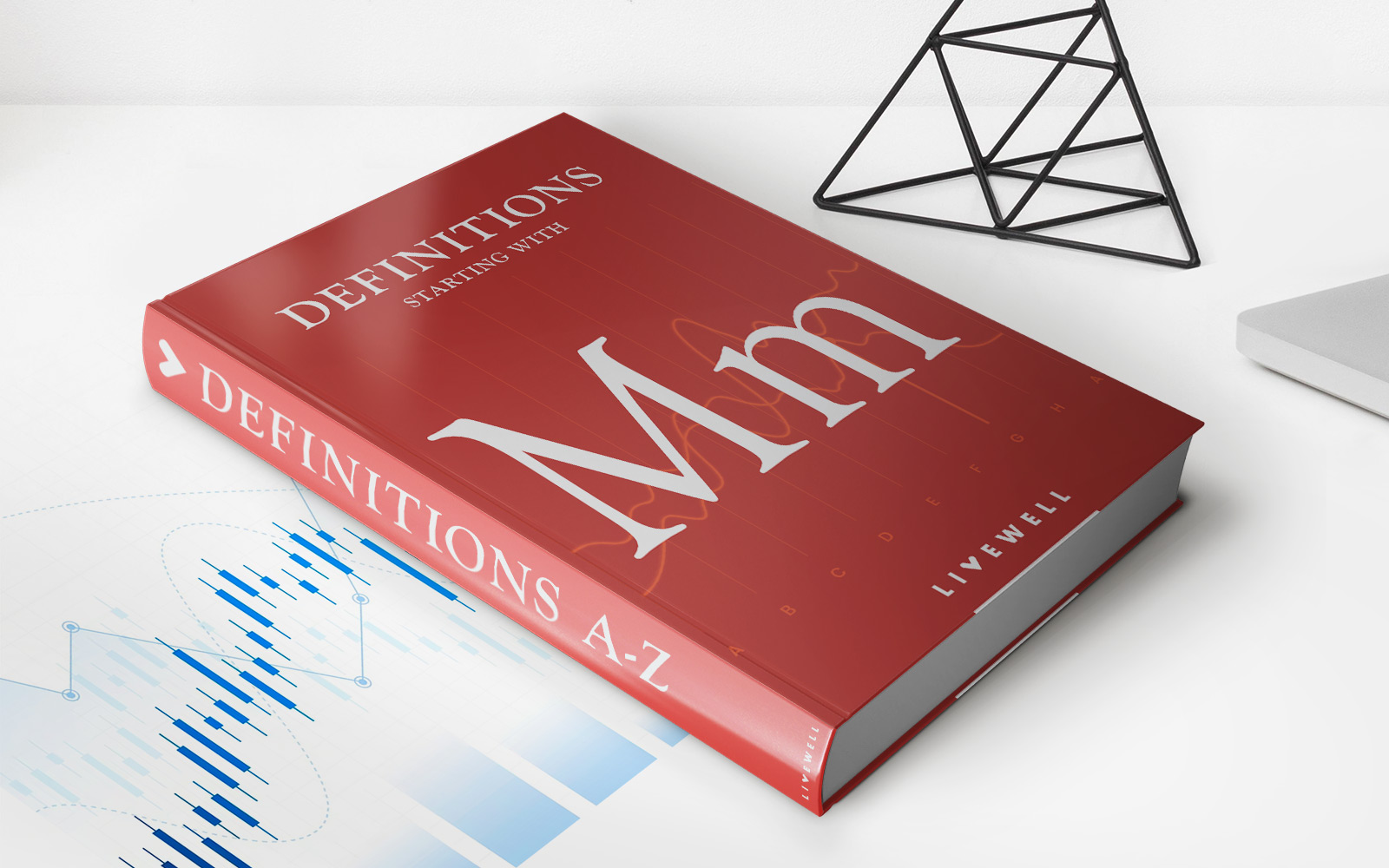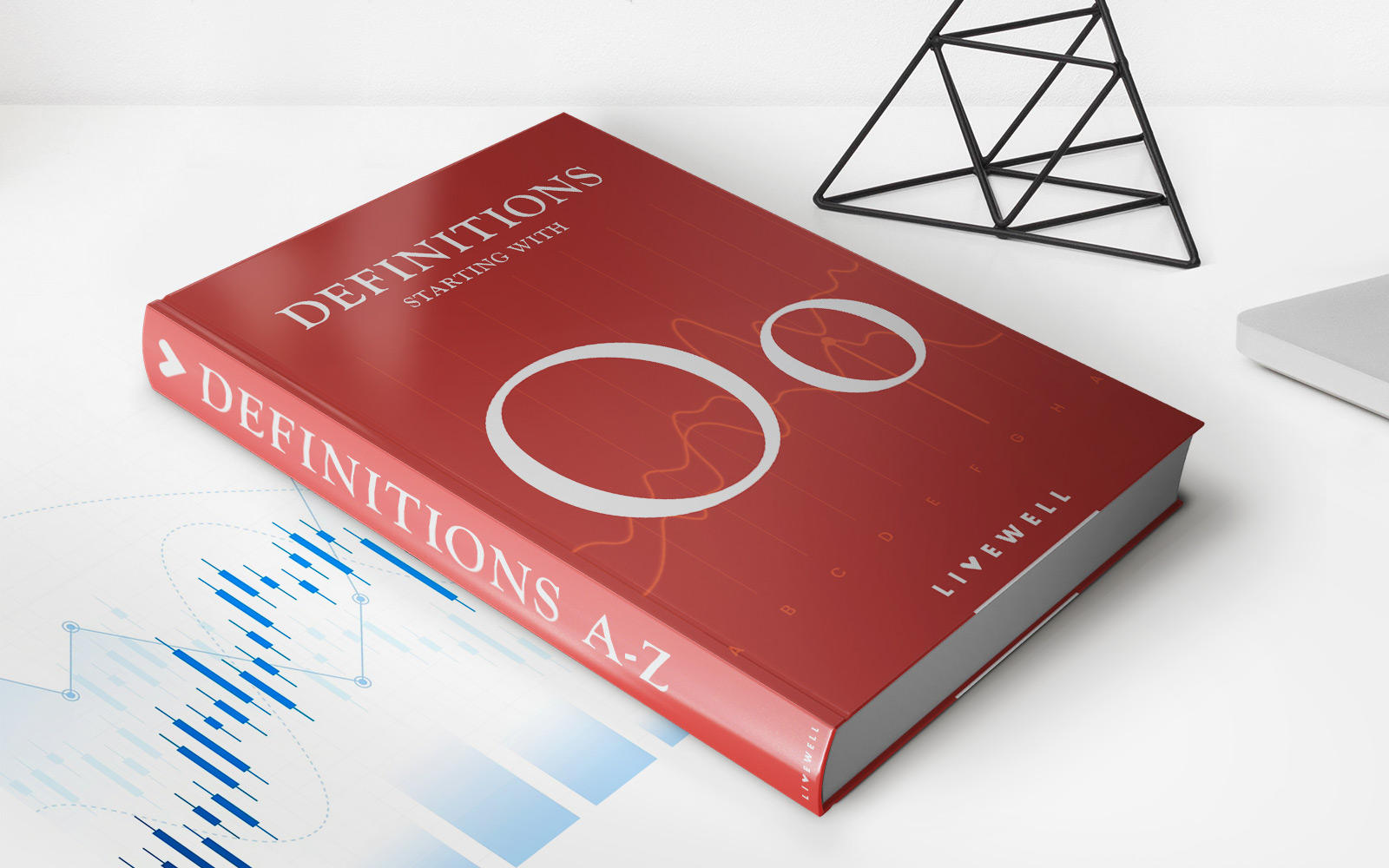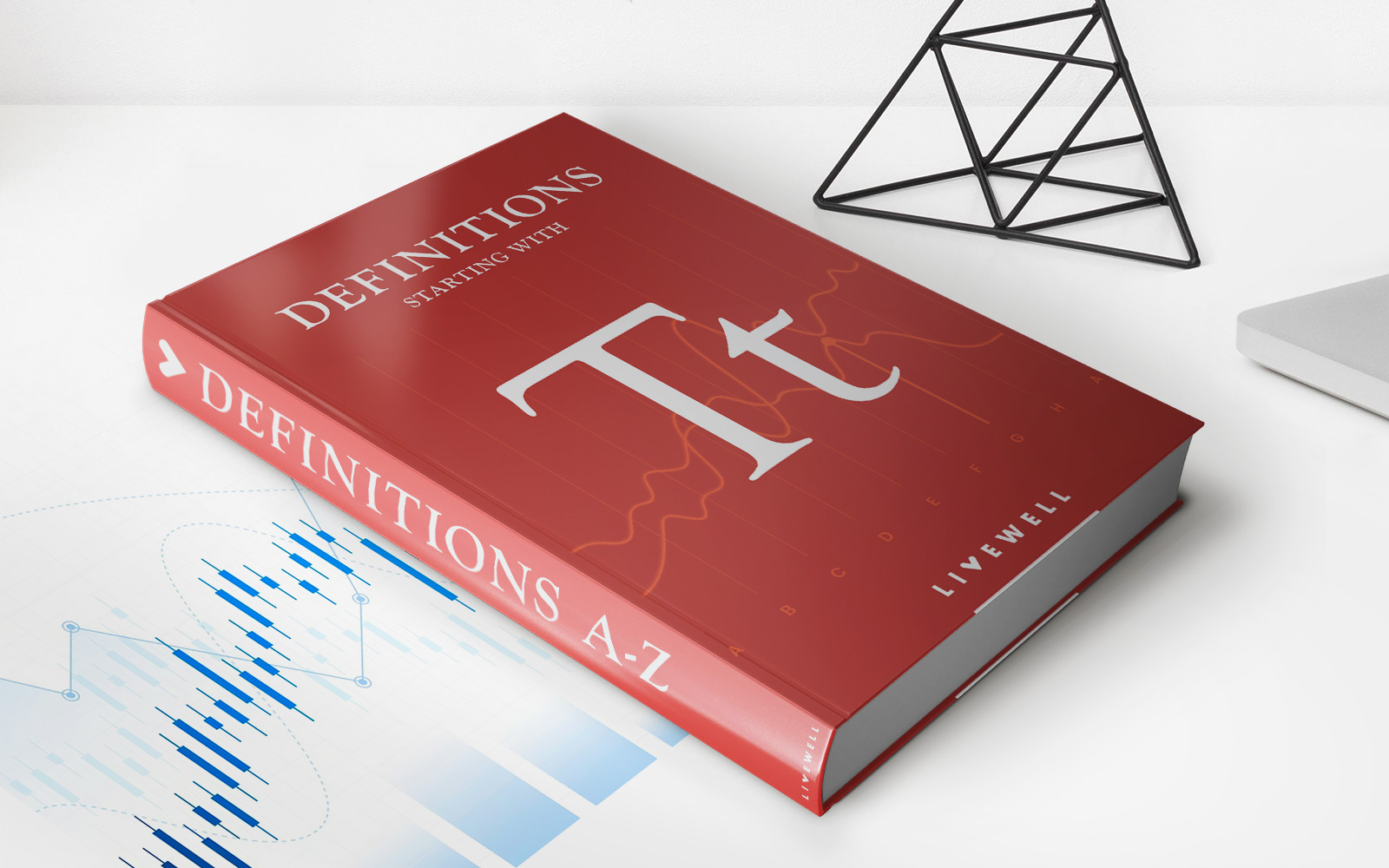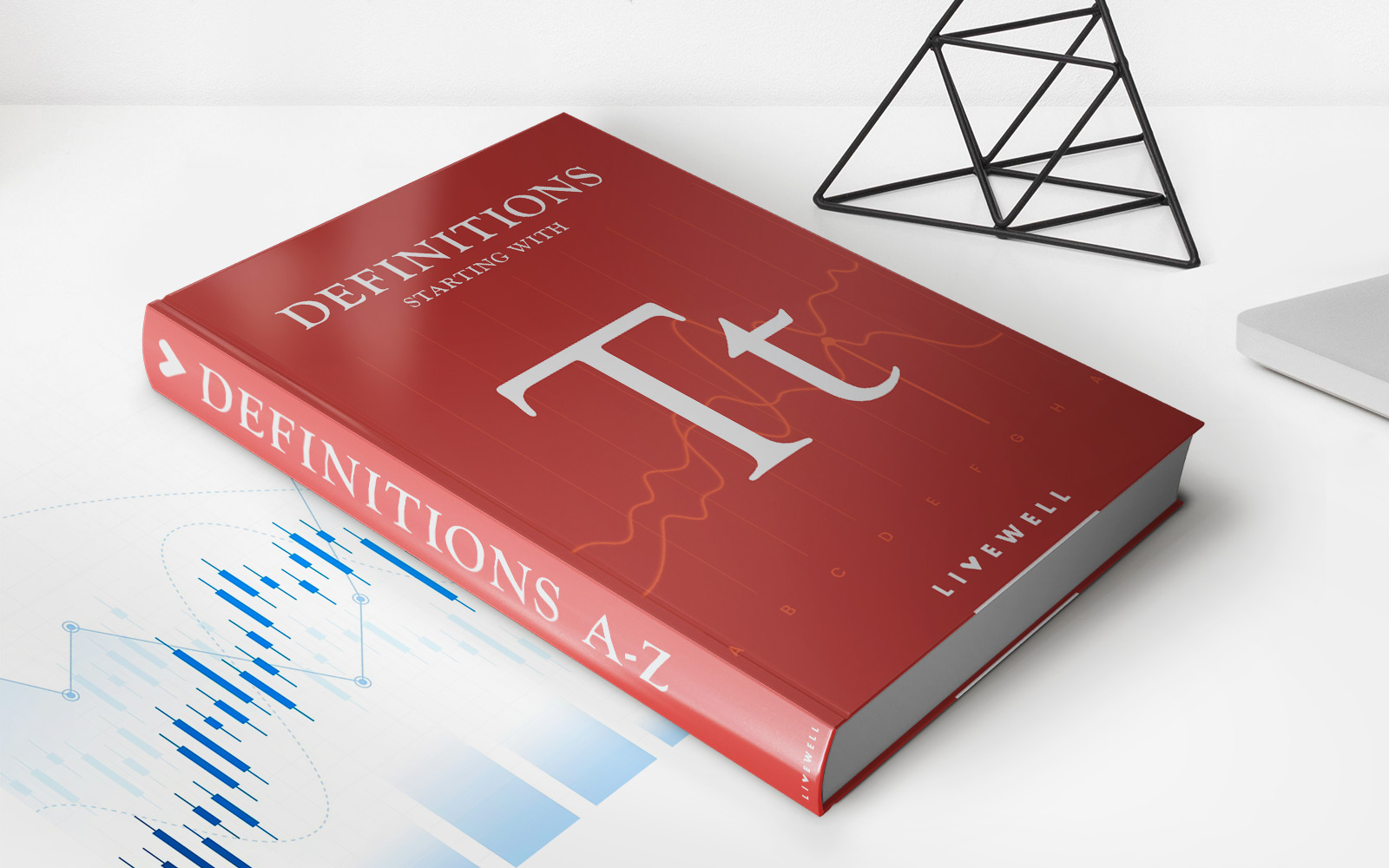Home>Finance>Misery Index: Definition, Components, History, And Limitations
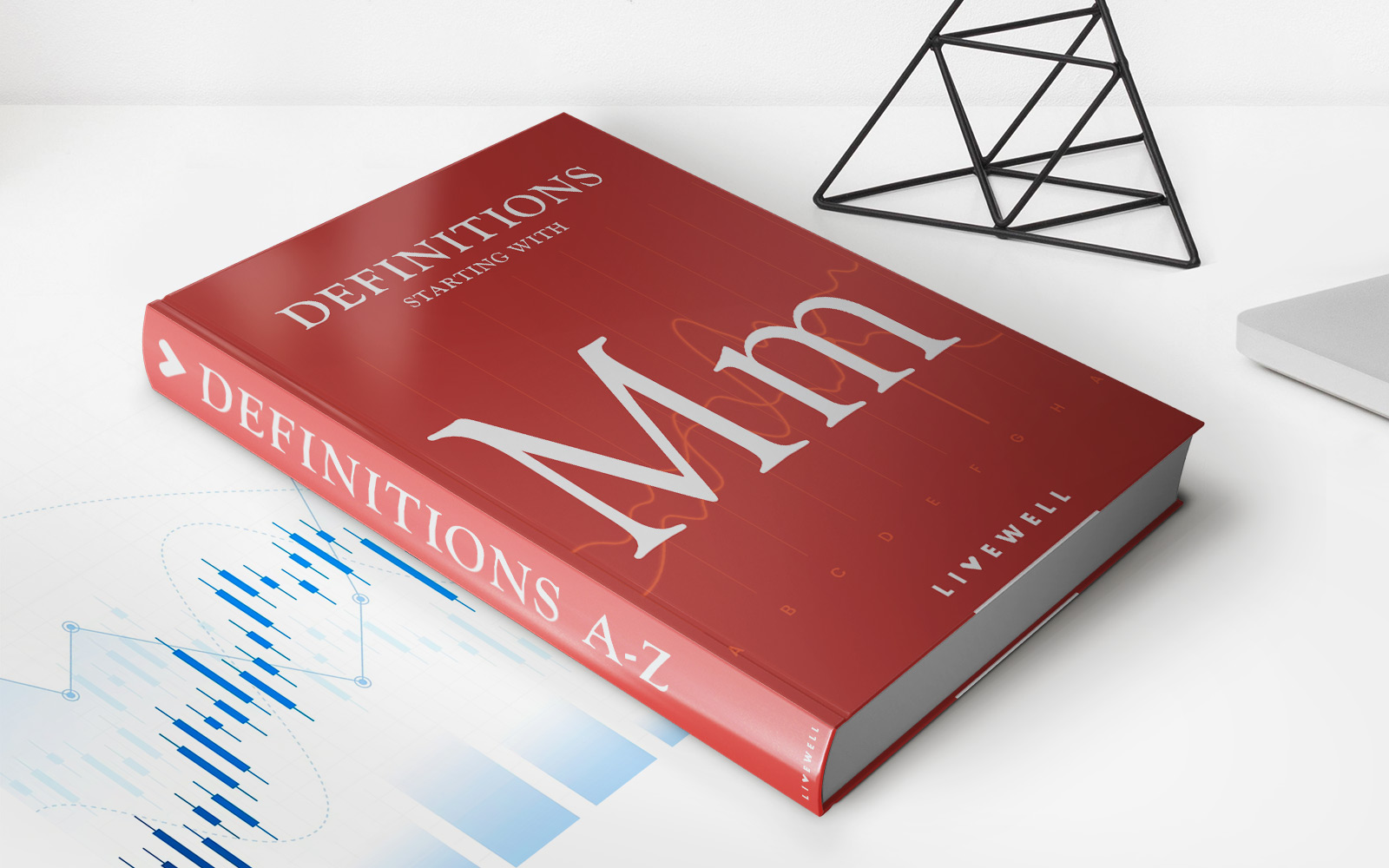

Finance
Misery Index: Definition, Components, History, And Limitations
Published: December 25, 2023
Learn about the finance misery index, its definition, components, history, and limitations. Enhance your understanding of financial indicators.
(Many of the links in this article redirect to a specific reviewed product. Your purchase of these products through affiliate links helps to generate commission for LiveWell, at no extra cost. Learn more)
Understanding the Misery Index: Definition, Components, History, and Limitations
If you’ve ever wondered how economists measure the economic well-being of a country, you may have come across a term called the “Misery Index.” But what exactly is the Misery Index, and how is it calculated? In this article, we will dive into the definition, components, history, and limitations of the Misery Index to help you understand its significance in measuring the economic health of a country. So, let’s get started!
Key Takeaways:
- The Misery Index is an economic indicator that combines inflation and unemployment rates to measure the economic well-being of a country.
- It was first introduced by Arthur Okun, an American economist, in the 1960s.
What is the Misery Index?
The Misery Index is a simple yet effective way to gauge the economic distress experienced by the citizens of a nation. It combines two key economic indicators: the inflation rate and the unemployment rate. By adding these two rates together, we can get a snapshot of the economic well-being of a country.
Components of the Misery Index
The two components of the Misery Index are explained below:
- Inflation Rate: Inflation refers to the increase in the general price level of goods and services over time. A high inflation rate means that the purchasing power of money is decreasing. In other words, it takes more money to purchase the same goods and services. This can lead to reduced consumer confidence and decreased economic activity.
- Unemployment Rate: The unemployment rate measures the percentage of the labor force that is currently without a job and actively seeking employment. It reflects the state of the job market and, by extension, the economic opportunities available to individuals within a country. A high unemployment rate indicates a lack of job opportunities, which can have negative effects on both individuals and the overall economy.
History of the Misery Index
The Misery Index was first introduced by Arthur Okun, an American economist, in the 1960s. Okun believed that a combination of inflation and unemployment rates is a good way to measure the economic well-being of a country’s citizens. He argued that when both inflation and unemployment rates are high, it suggests a decline in overall economic conditions and an increase in suffering or misery for the people.
Since its inception, the Misery Index has been used by economists, policymakers, and researchers to compare the economic performance of different countries and track changes over time. It has become a valuable tool for assessing the impact of economic policies and identifying areas for improvement.
Limitations of the Misery Index
While the Misery Index provides valuable insights into the economic well-being of a country, it does have its limitations. Here are a few to consider:
- It does not account for other important economic factors, such as income inequality, GDP growth, or overall standard of living. Therefore, it should be used as a supplementary indicator rather than the sole determinant of a country’s economic health.
- The weights given to the inflation rate and the unemployment rate may vary across countries. Different countries may prioritize one factor over the other based on their unique economic circumstances. Therefore, comparing Misery Index scores between countries should be done with caution.
Despite these limitations, the Misery Index remains a valuable tool in understanding the economic well-being and distress of a nation’s citizens. By considering the unemployment and inflation rates together, it provides a broader perspective on the state of the economy. As with any economic indicator, it is important to consider multiple factors and data points to get a comprehensive understanding of a country’s economic health.
So, the next time you come across the term “Misery Index,” you’ll have a better understanding of what it means and how it can be useful in measuring the economic well-being of a country!
